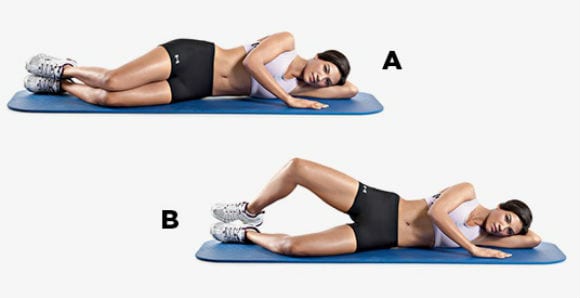Track & field athletes
Sports injuries can fall into two categories. Some are caused by trauma. One can use football, boxing or ice hockey as examples. Forces are introduced to the body that cause different types of damage ranging from bruises to broken bones. This fact is complicated by one being thrown or knocked forcefully to the ground. A second set of injuries stems from repetitive actions due to misuse or overuse. These are forces that are repeated hundreds or thousands of times and cause wear and tear on the body. The body can neither accommodate or recover from these micro-traumas without treatment. Track & field athletes traditionally suffer from repetitive-type injuries.
For many coaches and athletes injuries are a foregone conclusion. They see it as one of the “costs” of athletic participation. On a certain level this can be rationalized, especially for the elite athlete who is constantly pushing the point, constantly making the body do things it has never done before.
Track and Field is considered a non-contact sport, so for the most part, injuries are related to overuse. Also, a majority of the injuries involve the lower extremity. The American Track & Field Association based in Indianapolis, USA Track & Field (USATF) is the National Governing Body for track & field, long-distance running and race walking in the United States. USATF encompasses the world’s oldest organized sports, the most-watched events of Olympic broadcasts, the No. 1 high school and junior high school participatory sport and more than 30 million adult runners in the United States.
Common injuries seen in the track and field athlete include:
- Upper leg: quadriceps (front of the leg) and hamstring (back of the leg) strains
- Knee: Iliotibial band syndrome, patellar tendinosis, patellofemoral dysfunction, meniscal injuries
- Lower leg: shin splints, stress fractures, ankle sprains, Achilles tendinitis and tendinosis, heel pain
- Wounds and Sores: blisters, scrapes and burns from falling
While it is not possible to prevent injuries completely, track and field athletes can work to maintain a training program that works for them and for their specific event. For example, a throwers conditioning program will look very different from a sprinter’s or pole vaulter’s program. Ways in which athletes prepare include:
Hydration:
Adequate hydration is essential for all athletes during, between, and after events. Drinking fluids such as water or a sports drink continuously throughout the day can help to maintain hydration.
Nutrition:
For most athletes, the goal is to eat an adequate amount of calories from a variety of wholesome foods to meet nutritional needs. While supplementation may be necessary in certain situations (such as vitamin deficiency), proper food selection is the ideal form of nutrition.
Physical Conditioning:
Physical conditioning is essential to prevention of injury. Poor mechanics and improper technique can place added stress on joints, bones, and tendons.
Sleep:
Adequate sleep is generally important for health and is extremely important when it comes to the athlete. Specifically, research has shown that sleep is important for day to day recovery from training.
Footwear:
Proper fitting equipment is crucial with all sporting activities. For the track and field athlete, proper fitting shoes are important, especially for long distance runners. It is important to keep in mind that each athlete will need shoes tailored for their event. All participants should be assessed for the most appropriate shoe for their foot.
Dr. Michael E. Pomykala PT, DPT, CSCS is a graduate of the University of the Sciences in Philadelphia, receiving his Bachelors in Health Sciences and Doctorate in Physical Therapy. An athlete his whole life, Michael played soccer, baseball, and basketball competitively throughout high school. He contributed to help establish a club soccer team at the University of the Sciences in Philadelphia and continued his career as both a player and coach. Michael maintains his athleticism as an avid golfer and fitness enthusiast. He recently received his Titleist Performance Institute Certification helping injured golfers make their way back onto the course. Dr. Pomykala has a TPI Medical Level 2 Certification as a medical provider within the Titleist Performance Institute network.


